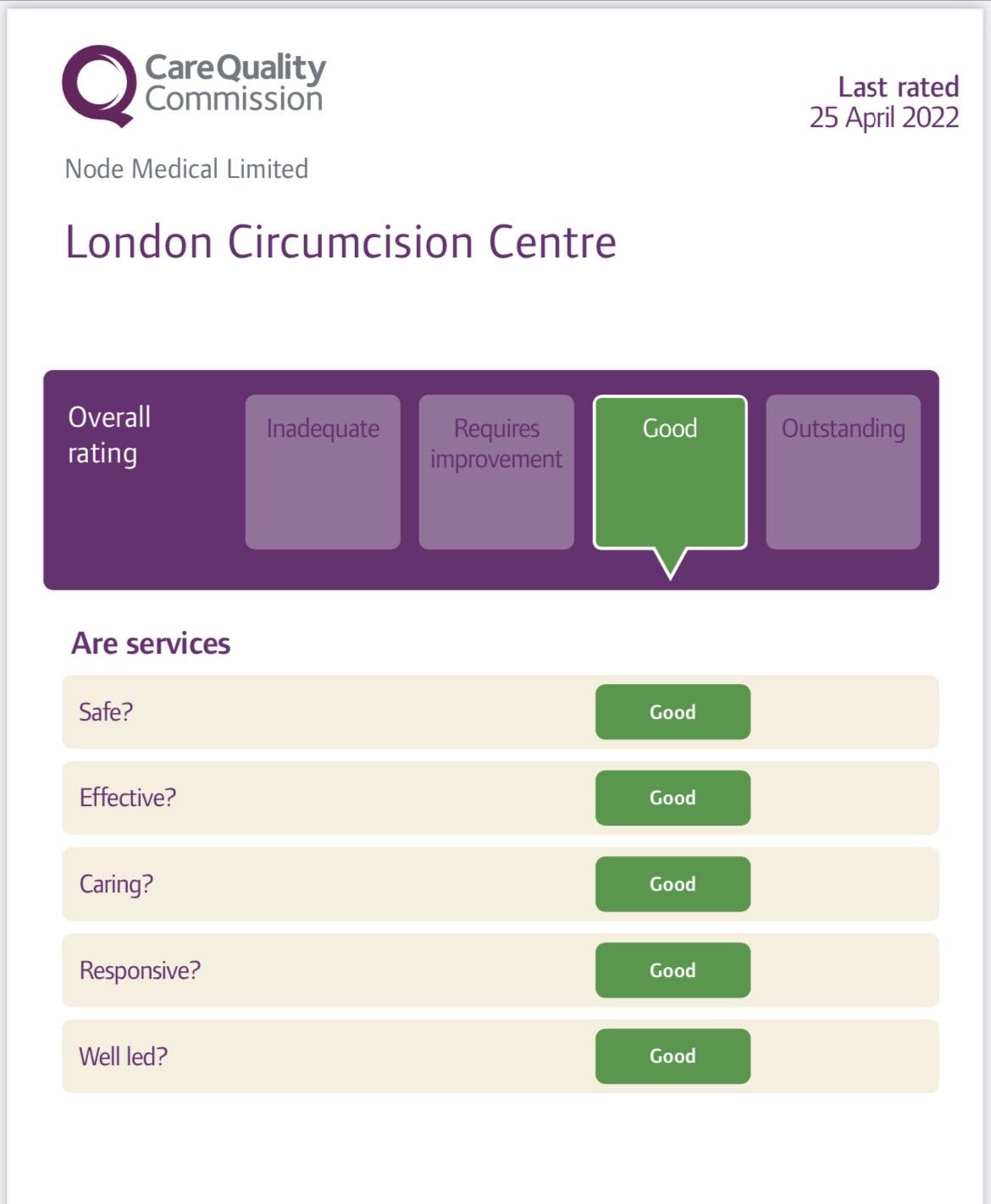Cracked foreskin presents with mild burning, itching, swelling and red patches, and with tight foreskin (phimosis)
Cracks or fissures on the foreskin may be due to Innfection of the foreskin (called posthitis) or head of the penis (balanitis) or both (balanoposthitis). These cracks could be painful and associated with fungal or bacterial infection, scarring conditions called lichen sclerosus (BXO), and tight foreskin (phimosis and Paraphimosis).
Fungal infections are usually responsible, most commonly involving the yeast called candida albicans, which is associated with a bacterial infection. Foreskin yeast infection is generally called “candidiasis” or “thrush” and is not common in healthy individuals but it is common in cancer, immunocompromised, and diabetic people.
Bacterial infections, especially streptococcus organisms, are the second most common cause of foreskin infection. The sexual health clinic needs to exclude sexually transmitted infections (STIs). The most common STIs are Chlamydia trachomatis, genital mycoplasmas, and Neisseria gonorrhoeae. These can produce cracks and red foreskin.
Poor hygiene due to a tight foreskin can cause cracks on the foreskin and irritant balanitis.
Diabetic patients with uncircumcised men have a high (35%) prevalence of balanitis, which gives them cracks to the foreskin. Among men with an acquired tight foreskin, 26% had a history of diabetes. Tight foreskin (phimosis) in men with diabetes increases the risk of infection of the foreskin and glans.
Balanitis xerotica obliterans (BXO) is a chronic, progressive, and sclerosing inflammatory foreskin disease of unknown cause. BXO will produce scars and cracks. The BXO is very common in diabetics.
Treatment of the cracks is medical (antifungal, antibiotics and steroids) and surgical (dorsal slit, preputioplasty or circumcision). Control of sugar in diabetes patients is critical to managing the above treatment.
If cracks of foreskin are associated with tight foreskin (condition called phimosis)
The treatment of phimosis depends on several factors, including age and the degree of tightness. Here are the available options:
1. Steroid Cream or Ointment: These reduce inflammation and improve foreskin elasticity.
2. Stretching Exercises: Beneficial, especially in the early stages of Phimosis.
3. Stretching Rings (Phimostretch): Devices that aid gentle foreskin stretching.
If cracks of foreskin are associated with diseased foreskin called a condition called BXO, person will need circumcision and biopsy of foreskin.
We provide circumcision, dorsal slit or preputioplasty at our London and Cambridge circumcision clinics
Please get in touch with us for professional and expert advice by calling the mobile number below to the doctor directly.
Please call us at +447527314081 to discuss this further and get advice from our specialist team.
Dr Nkwam: Consultant Urologist
Dr Sanndher: Consultant Urologist
Dr Khan: Paediatric Surgeon/Urologist
Dr Safdar: Experienced Surgeon
London Circumcision Centre, Leyton and South Woodford Clinics, London






